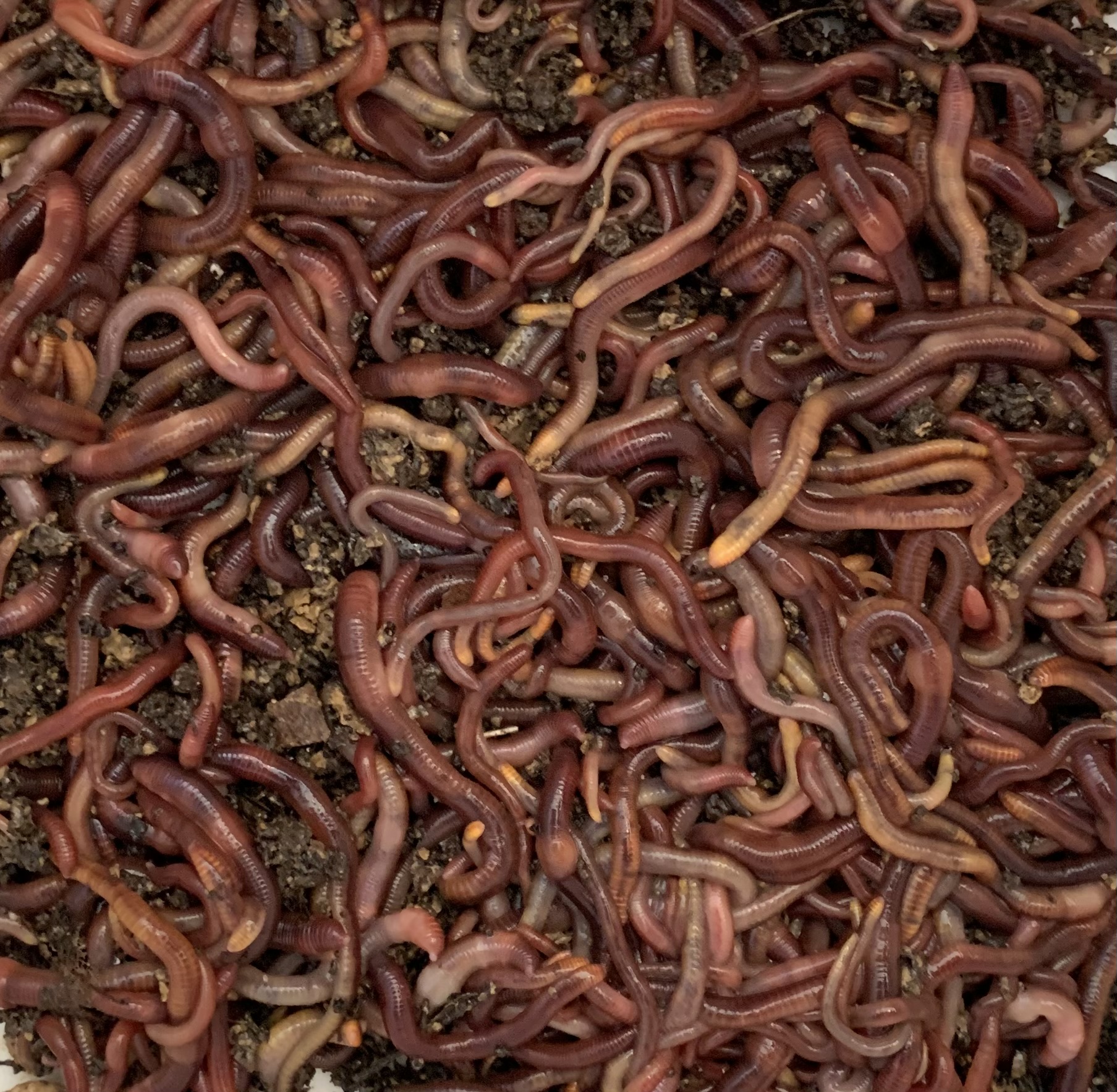The Main Principles Of Red Wiggler Express
The Main Principles Of Red Wiggler Express
Blog Article
10 Easy Facts About Red Wiggler Express Explained
Table of ContentsNot known Facts About Red Wiggler ExpressRed Wiggler Express Can Be Fun For AnyoneRed Wiggler Express for BeginnersAn Unbiased View of Red Wiggler ExpressExcitement About Red Wiggler Express
It's safe to state this stuff would certainly have been terrific to include as a to vermicomposting systems! And the prospering Red Worm populace? It just never ever happened. Even in the load that was set up directly in front of yard composters with existing Red Worm colonies. Yet these nutritionally-boosted wood chip habitats are definitely loaded with Lumbricus sp.
Lots of ranges, consisting of Red Wigglers, European Nightcrawlers, and Lumbricus varieties were brought over from the European continent. But right here's the thingNative or otherwise - and as gifted as they go to being able to endure in a wide-range of environments and conditions -. To put it simply, they are even more most likely to hang around in any active composting systems you have set up, than they are to wander off and begin messing up the atmosphere.
Origins call for oxygen for respiration and count on smooth airflow within the dirt to grow. However, when it rains, soil can become saturated with water, lowering the oxygen readily available and hindering nutrient absorption - Worm Farms United States. To preserve an optimal equilibrium, the soil has to allow water to drain pipes properly, leaving adequate area for air to support root wellness
See This Report on Red Wiggler Express

When it comes to worms for composting, what comes to mind? If you were an earthworm breeder, supplier, or plain garden enthusiast, after that you would certainly know that red wiggler worms are the excellent worms for vermicomposting. For more information regarding these planet marvels, gone through a few of the red worm realities listed below.
(https://securecc.smartinsight.co/profile/rwigglerexnc)If they extend their bodies, you'll be able to see the red stripes on their skin. When increasing worms such as red wiggler worms, you must have the ability to recognize just how to profit them. When you have the ability to keep and look after their environment well, and likewise feed them the best type of organic wastes, after that they'll have the ability to create nutrient-packed and quality-rich worm castings for you (also referred to as worm poop or compost).
All about Red Wiggler Express
What do worms consume? Well, these red wriggler worms can be fed with kitchen area scraps and garden wastes.

This actions makes them well-suited for life in worm bins, compost heap, and other constrained rooms where organic waste is bountiful. Developing an optimal environment for red wigglers needs a thoughtful strategy. Consider the following necessary components to look after red wigglers in the house and guarantee their health: Make use of a bed linens of shredded paper or cardboard.

Red wiggler worms reproduce by laying small, lemon-shaped eggs in safety cocoons. These cocoons are normally deposited in the bed linen and hatch into child worms within a couple of weeks.
The Facts About Red Wiggler Express Uncovered
Their adaptability and strength have actually made them a prominent choice for vermicomposting in numerous regions worldwide. Yes! They can make it through from an array of 32F to 90F. They are incredibly adaptable pests. Think about protective actions for extremely severe temperature levels such as: Protecting the worm container with layers of straw or leaves.

When taking care of your red wigglers it is necessary to keep in mind to: 1) K.I.S.S (Maintain it Simple) and 2) whatever in small amounts. These policies apply to feeding your compost worms, sprinkling your worm containers, and nearly whatever else associated with caring for them. Simply bear in mind - you can always add even more food later on (but it's tough to get rid of feed once it's been included to a bin!).
Due to the fact that I fed the red wigglers and compost worms too much, they weren't able to keep up and over time the older food went uneaten and produced anaerobic conditions that eliminated the worms. Right here're the 6 golden guidelines for just how typically and just how much to feed your worms: Policy # 1: Small amounts!
Red Wiggler Express for Dummies
Leftover food will certainly lead to anaerobic problems that will certainly eliminate your live worms. Rule # 6: After the initial feeding, feed the worms 1/3 to 1/2 of their weight.
Report this page